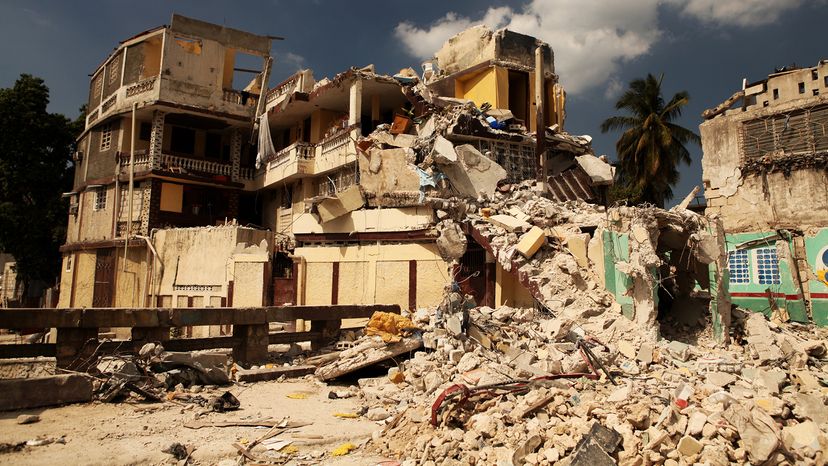Note that these are the earthquakes with the highest magnitudes, not the ones with the highest death tolls or most collateral damage suffered.
1. The Valdivia Earthquake: Magnitude 9.5
The Valdivia Earthquake of May 22, 1960, also known as the Great Chilean Earthquake or Gran Terremoto de Chile, remains the largest earthquake ever recorded, with a magnitude of 9.5. The quake struck the Bio-Bio region of Chile, causing intense shaking that lasted for about 10 minutes, and it triggered one tsunami wave after another across the Pacific Ocean.
In Chile, the death toll was estimated at around 1,600 people, with about 3,000 injured and 2 million left without homes. The tsunami waves killed more than 200 people in the coastal areas of Hawaii, Japan and the Philippines.
The earthquake also triggered the eruption of Chile's Cordón Caulle volcano, contributing further to the damage in the affected areas.
2. The 1964 Great Alaska Earthquake: Magnitude 9.2
On March 27, 1964, the southern Alaska region experienced the Good Friday Earthquake, a powerful earthquake measuring 9.2 in magnitude.
It caused severe damage in Anchorage and surrounding areas, with many buildings destroyed due to land subsidence and intense shaking. This earthquake triggered a tsunami that impacted coastal areas across the Pacific Ocean, from Alaska to California.
As a result of the low population density in some affected regions, the death toll remained at 131, though the damage caused was extensive, particularly due to the main tsunami and landslides.
3. The 2004 Sumatra-Andaman Earthquake: Magnitude 9.1
This Indian Ocean Earthquake on December 26, 2004, triggered one of the deadliest earthquakes in history. The quake struck off the west coast of northern Sumatra, generating a massive tsunami that affected more than a dozen countries, including Indonesia, Thailand, Sri Lanka and India.
The tsunami waves devastated coastal areas, killing over 230,000 people. Sumatra suffered the most widespread damage, with the tidal wave sweeping away entire communities. This event led to global efforts to improve tsunami warning systems and evacuation protocols.
4. The 2011 Tohoku Earthquake: Magnitude 9.1
On March 11, 2011, a huge earthquake occurred near the east coast of Honshu, Japan, with a magnitude of 9.1.
The intense shaking lasted for over six minutes and triggered a devastating tsunami that caused significant damage along the coast of northeastern Japan. The death toll was around 18,000, and the quake led to the meltdown of the Fukushima nuclear plant.
The tsunami waves reached as far as the Hawaiian Islands, French Polynesia, the Galapagos Islands and South America's western coast. Japan learned significant lessons from this event, particularly regarding earthquake-resistant building codes and disaster preparedness.
5. The 1952 Kamchatka Earthquake: Magnitude 9.0
A magnitude 9.0 earthquake hit the Kamchatka Peninsula in Russia on November 4, 1952. Though it was one of the largest earthquakes ever recorded, the remote location of the epicenter limited the death toll to between 10,000 and 15,000 people.
The tsunami the quake generated reached the Aleutian Islands and caused significant damage to the Hawaiian Islands, at a cost of approximately $17 million.
In Russia, the town of Severo-Kurilsk took a direct hit, with three waves between 50 feet (15.2 meters) and 60 feet (18.3 meters) high sweeping away more than a third of the 6,000 people living there at the time. The survivors rebuilt their town at a higher elevation. The event was a reminder of the destructive power of large earthquakes, even in areas with low population density.
